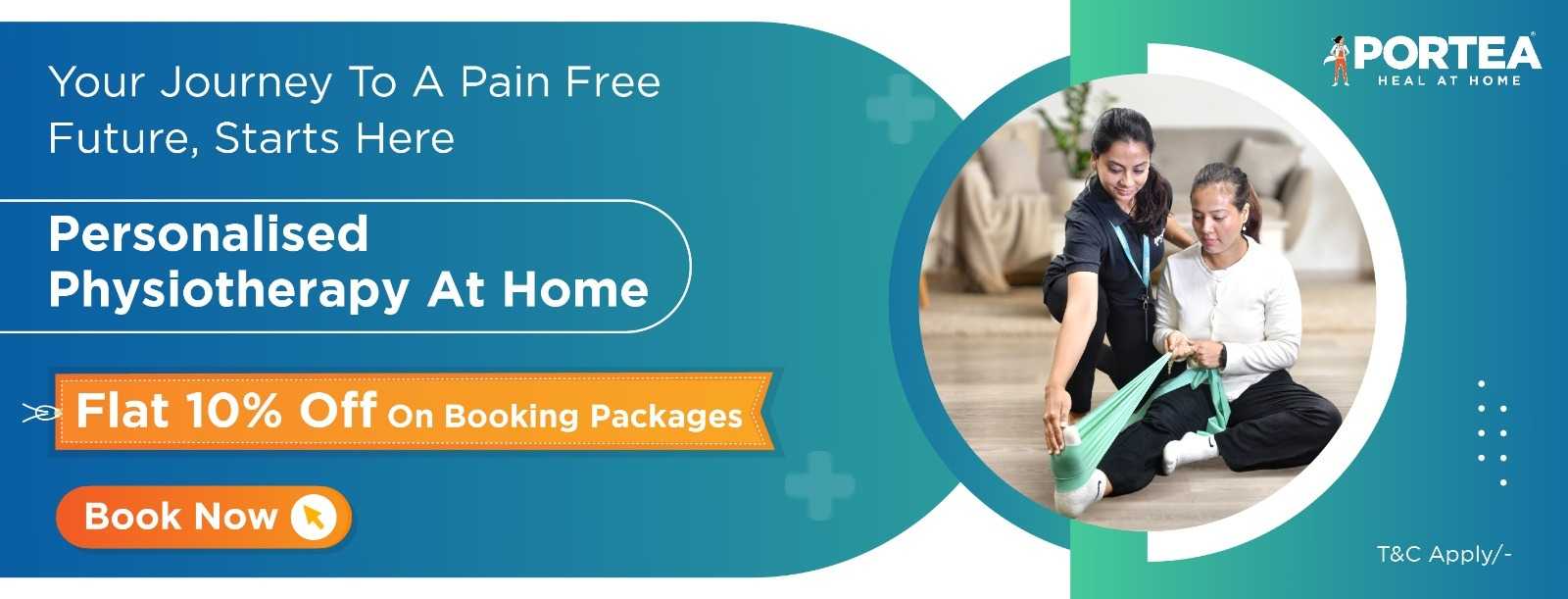
facts about ankylosing spondylitis


facts about ankylosing spondylitis
Ankylosing spondylitis (AS) is a form of arthritis that affects the joints in the spine. It can cause inflammation (redness, heat, swelling, and pain) in the spine or vertebrae.
In some people, the condition can affect other joints. The shoulders, ribs, hips, knees, and feet can be affected. It can also affect places where the tendons and ligaments attach to the bones. Sometimes it can affect other organs such as the eyes, bowel, and very rarely, the heart and lungs.
AS affects the axial skeleton and sacroiliac joints, causing characteristic inflammatory back pain, which can lead to structural and functional impairments and a decrease in quality of life.
Affected joints progressively become stiff and sensitive due to a bone formation at the level of the joint capsule and cartilage. It causes a decreased range of motion and gives the spine an appearance similar to bamboo, hence the alternative name “bamboo spine”.
Early diagnosis and treatment helps to control the pain and stiffness and may reduce or prevent significant deformity.
who gets ankylosing spondylitis?
AS usually begins in the teen or young adult years. Most people who have the disease get symptoms before the age of 30. It affects people for the rest of their lives. And it affects about twice as many men as women.
what causes ankylosing spondylitis?
The cause of AS is unknown. It’s likely that genes (passed from parents to children) and the environment both play a role. The main gene associated with the risk for AS is called HLA-B27.
characteristics of ankylosing spondylitis
Patients usually complain of back pain in the sacroiliac (SI) joints and gluteal regions and progresses to involve the entire spine. Morning stiffness lasting greater than 30 minutes is a common subjective complaint. Pain and stiffness increase with inactivity and improve with exercise. The hips, shoulder and knees are the most commonly and most severely affected of the extremity joints. As AS may cause a decrease in chest expansion, breathing difficulties may also be experienced in AS.
can ankylosing spondylitis be cured?
There is no cure for AS. Some treatments relieve symptoms and may keep the disease from getting worse. In most cases, treatment involves medicine, exercise, and self-help measures. In some cases, surgery can repair some joint damage.
how it is diagnosed?
The diagnosis of AS is commonly made through a combination of thorough subjective and physical examinations, laboratory data commonly by X-Ray, MRI and different blood tests
what medicines are used to treat ankylosing spondylitis?
- Non-steroidal anti-inflammatory drugs (NSAIDs) – These drugs relieve pain and swelling. Aspirin, ibuprofen, and naproxen are examples of NSAIDs.
- Corticosteroids – These strong drugs are similar to the cortisone made by your body. They fight inflammation.
- Disease-modifying anti-rheumatic drugs (DMARDs) – These drugs work in different ways to reduce inflammation in AS.
- Biologic agents – These are relatively new types of medicine. They block proteins involved with inflammation in the body.
management of ankylosing spondylitis with physiotherapy
Physiotherapy is an essential component in the treatment of AS. It aims to alleviate pain, increase spinal mobility and functional capacity, reduce morning stiffness, correct postural deformities, increase mobility, and improve the psychosocial status of the patients.
- Active and Passive mobility exercises:Can be used in the spinal column and the chest wall in flexion, extension, lateral flexion and rotation. Motion and flexibility exercises of the cervical, thoracic, and lumbar spine; stretching to all tightened muscles
- Manual Therapy – Different spinal mobilization techniques can be used in early stages of the disease to increase joint and spinal mobility.
- Chest Physiotherapy – Abdominal and diaphragm breathing exercises and chest expansion exercises. Breathe holding and controlling breaths; patients should carry out 3-5 second breath holds and carry out forced expiratory techniques done with Flutter, Acapella, Active Cycle Breathing Techniques, Autogenic Drainage, Postural Drainage to improve lung capacity
- Aerobic Exercise – Research shows that in the short term aerobic exercise has a major effect of all symptoms relating to Ankylosing spondylitis; it improved chest expansion, improved functional capacity and decreases the chance of respiratory failure
- Hydrotherapy: Warm water provides a relaxation effect on the tight musculature around the back. Buoyancy of water allows stretching to feel easier than on land. You experience reduced pain while stretching/exercising as water provides shock absorption.
To avail physiotherapy services at home, call Portea now.
Dr Tushar Bapat
Dr Tushar Bapat is an MPT in hand conditions. With a work experience of 2 years, Dr Tushar has expertise in orthopaedic rehabilitation.
Doctor Consultation
Nursing
Physiotherapy
Trained Attendant
Elder Care
Mother & Baby Care
Lab Tests
Medical Equipment
Speciality Pharma
Critical Care






